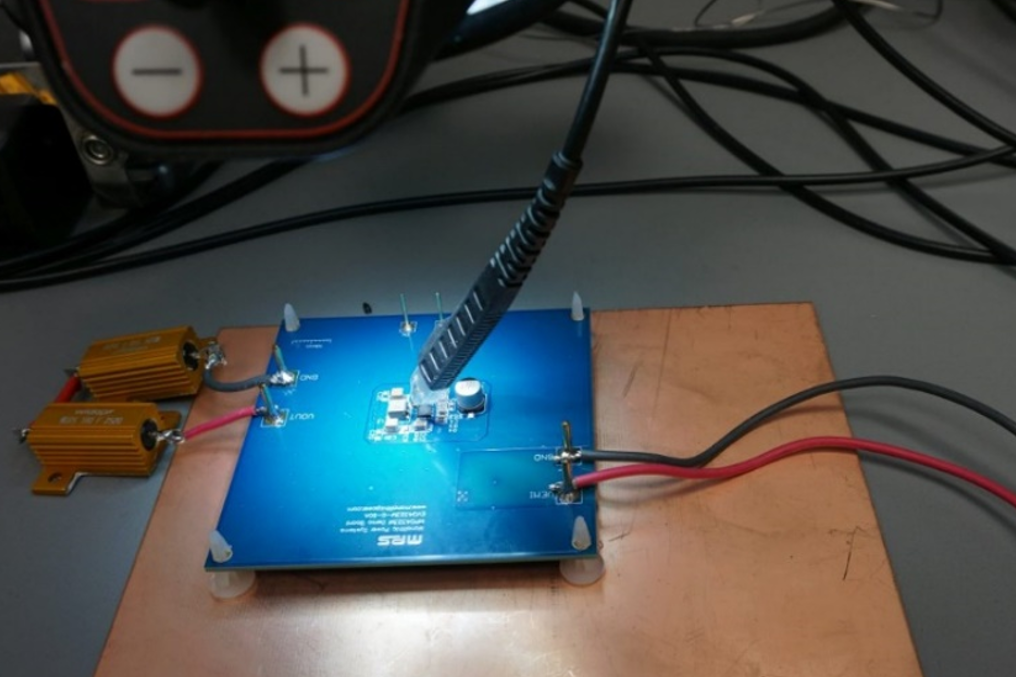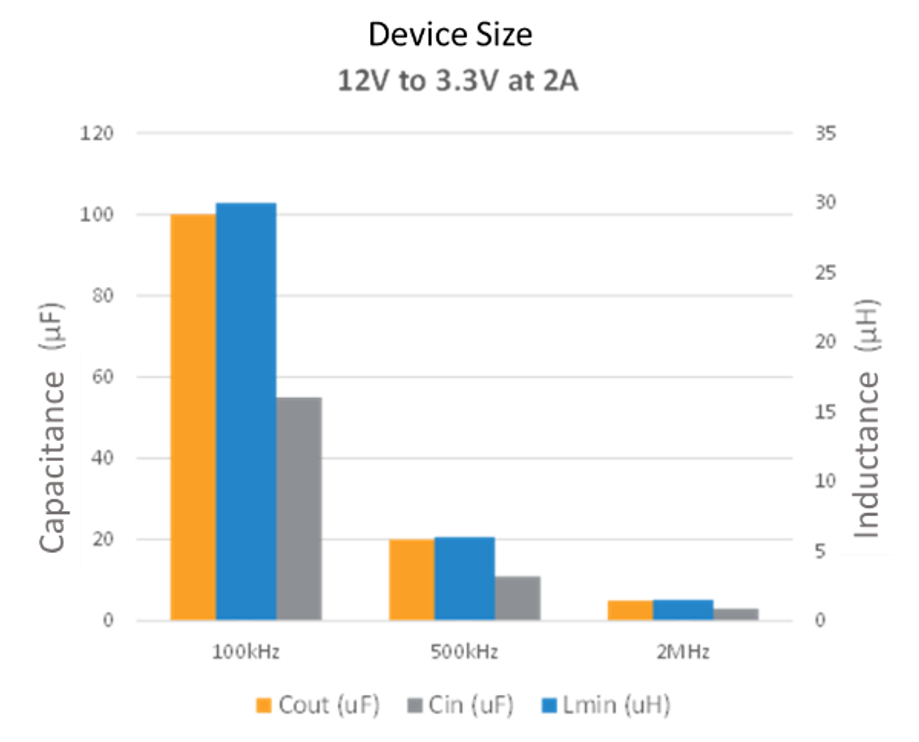Power Requirements for ADAS Components
Modern vehicle architectures have undergone a radical transformation, thanks in large part to advanced driver-assistance systems (ADAS). Understanding these complex systems' power needs is critical as we incorporate them into cars, not only for operational reasons but also for creating environmentally friendly and productive automotive solutions.
Power Consumption of Sensors
The eyes and ears of ADAS are the sensors, they provide precise, real-time data collected from the environment around the vehicle. Their continued operation requires a thorough examination of their power profiles, particularly in a networked system.
Cameras: High-definition cameras can use a lot of power, particularly when operating in poor light or when requiring fast frame rates. Additionally, post-capture picture processing may put an additional burden on the available power.
Radars: In general, modern radars, particularly millimeter-wave radars, use less energy when operating. But as their resolution and range rise, so does their power consumption.
Lidars: Because lidar systems must generate laser pulses, they demand a moderate amount of power, particularly those that use solid-state designs or time-of-flight approaches.
Ultrasonic Sensors: These are usually low-power because of their small operating range and sporadic nature, particularly when used for parking assistance activities.
Power Consumption of Actuators
Depending on their functioning and the load they support, actuators — the parts that take action based on information from sensors — have varying power needs.
Steering Actuators: Electromechanical steering systems need a lot of power, particularly when making quick or severe corrections. Power requirement varies dynamically based on driving circumstances.
Braking Actuators: For regenerative braking topologies in particular, electronic braking systems may not only use up energy but also recycle it back into the system. However, there may be a rise in power consumption when ADAS engages in active braking interventions.
Acceleration Actuators: When responding quickly to ADAS signals or during severe acceleration, electric throttle control systems, or those in charge of electric propulsion, can waste a significant amount of electricity.
In conclusion, it is critical to comprehend the power needs of ADAS components while developing automotive electrical systems, particularly for electric or hybrid cars where power management has a direct impact on driving distance. Given the importance of ADAS in contemporary automobiles, engineers have to make sure that these systems work effectively while also maintaining a balance between performance, sustainability, and safety.
Ensuring Reliability and Safety
The increasing prevalence of advanced driver-assistance systems (ADAS) in modern cars highlights the urgent necessity to guarantee their dependable and secure functioning. Since these systems directly affect the user's driving experience and safety, any malfunction or system failure could have disastrous results. Therefore, it is critical to have strong power management systems that provide constant and dependable operation of ADAS, particularly in unexpected situations. The incorporation of fail-safe measures is a fundamental aspect of this reliability.
Fail-Safe Mechanisms
Definition and Importance: The purpose of fail-safe mechanisms is to guarantee that the breakdown of an ADAS system won't have disastrous consequences. These procedures make sure the system defaults to a condition that reduces risk to the occupants of the vehicle and other road users when a problem or discrepancy is discovered.
Sensor Redundancy: Since sensors serve as ADAS's eyes and ears, it is crucial to guarantee their faultless operation. Adding additional sensors can act as a fallback in the event that the primary sensor malfunctions or produces false information. It is possible for the system to effortlessly transition to the backup sensor, guaranteeing continuous ADAS operation.
Software Self-Diagnostics: Newer ADAS have built-in software routines that continuously check on the condition of the system. These routines prevent erratic vehicle behavior by deactivating certain ADAS components, alerting the driver, or reverting to a safe state in the event of a detected abnormality or potential failure.
Power Supply Monitoring: Because ADAS systems depend heavily on electricity, they require systems to keep an eye on and control voltage and current levels. In the event of any variations or irregularities that might impact the performance of the ADAS, safety will be guaranteed by the activation of fail-safe measures.
Emergency Intervention Protocols: ADAS is able to initiate pre-established emergency protocols in situations where quick action is necessary, like possible crashes, and the system notices a problem with the predictive or preventive measures. Deceleration, visual and auditory alerts to the driver, and, if circumstances permit, controlled vehicle stopping, are a few examples of these.
Human-Machine Interface (HMI) Integration: It's critical to keep drivers informed. The driver ought to be informed right away if an ADAS component malfunctions or turns off because of any irregularity. This is made possible by a thorough HMI that offers fast, unambiguous feedback on the status of the system.
To sum up, the fail-safe systems built into ADAS power management are not extras; rather, they are necessary components that guarantee the security of the car's occupants as well as that of other drivers. Robust, intelligent, and responsive fail-safe measures will become even more crucial as ADAS technologies develop and take on a more prominent role in driving dynamics.
Power Backup and Redundancy Systems
The necessity for consistent and dependable electricity grows as ADAS becomes more and more integrated into contemporary car operations. Vehicles are outfitted with power backup and redundancy systems to guarantee the continued and secure operation of ADAS components under all conditions, owing to the possible risks associated with ADAS faults or power outages.
Importance of Redundancy in ADAS: It has the ability to have backup routes or systems that can take over the primary systems' functions in the event of a malfunction. This is vital in ADAS. There are serious safety dangers in the event that the power supply to essential ADAS components is interrupted, even briefly.
Battery Backup Systems: In the event that the primary power source fails, battery backup systems are intended to keep vital ADAS components powered. These are specialty batteries meant only for the ADAS; they are not the vehicle's primary batteries. To guarantee that there is no breakdown in the ADAS function, they are made to deliver power rapidly and effectively.
Redundant Power Distribution: The ADAS of the car incorporates redundancy into the architecture of its power distribution channels in addition to having backup power sources. In order to prevent a fault in one path from compromising the entire system, dual wiring routes, independent circuitry, and isolated power management systems are used. For instance, a malfunctioning module may blow a fuse on the harness powering the ADAS systems in the car.
Load-Shedding: ADAS are designed with mechanisms to give priority to vital tasks over non-essential ones when there is a system-wide power concern. Through the removal or deactivation of less important systems, ADAS guarantees that the most important parts are still operational, guaranteeing safety. For example, in a situation when power supply is scarce, the ADAS might turn off entertainment systems or ambient lighting for a short while. This guarantees the continued operation of vital safety features like emergency braking and collision avoidance, preserving the car's safety in difficult situations.
Monitoring and Alerts: Constant monitoring is a crucial component of these redundancy and backup systems. ADAS continuously assesses the condition and functionality of its power systems. Transparency and readiness are guaranteed by the system, which not only notifies the driver in the event of an unexpected fluctuation or power outage but also activates backup options.
Future Directions: As technology develops, it is anticipated that ADAS's redundancy and power backup systems will get more durable, efficient, and smaller in size. The reliability of these systems may be further increased by integrating cutting-edge energy storage technologies like supercapacitors with renewable energy sources like solar power.
In conclusion, maintaining the continuous operation of increasingly sophisticated ADAS technologies through sophisticated power backup and redundancy systems is not only a technological necessity but also a crucial safety requirement. These systems are essential to guarantee the safety, dependability, and credibility of contemporary cars with ADAS because they keep the electricity flowing consistently even in difficult situations.






直接登录
创建新帐号